I have data coming in a certain way, but I need it automatically converted into a different layout for a specific chart in Google Data Studio.
Basically, I want to go from this
Date Apple Banana Cherry
Jan 1 500 800 2000
Jan 2 800 920 2878
Jan 3 1700 1850 3000
To this:
Date Type Amount
Jan 1 Apple 500
Jan 1 Banana 800
Jan 1 Cherry 2000
Jan 2 Apple 800
Jan 2 Banana 920
Jan 2 Cherry 2878
Jan 3 Apple 1700
Jan 3 Banana 1850
Jan 3 Cherry 3000
I can't think of a solution (I'm relatively new at this). I'm hoping someone might be able to point me in the right direction. Thanks in advance for any help I can get!

